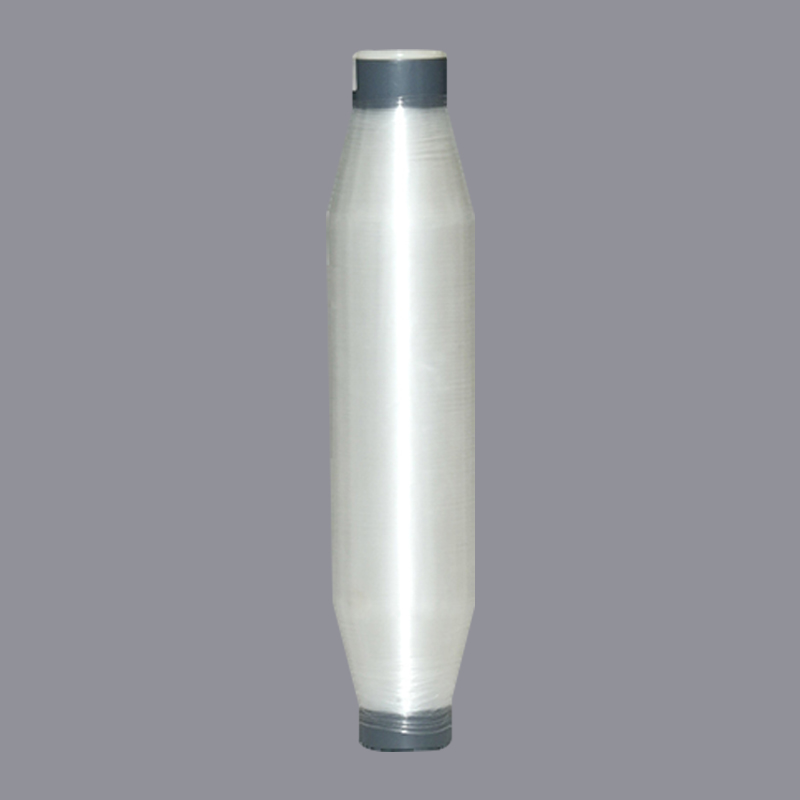Functional Protective Clothing
This is the core application area for anti-static yarn. In many specialized work environments, static electricity accumulation not only causes discomfort but can also lead to serious accidents. For example:
- Electronics Industry: Chip manufacturing, precision electronics assembly, and other fields require anti-static workwear to prevent electrostatic discharge (ESD) from damaging sensitive electronic components. These garments often use blended fabrics containing anti-static yarns to ensure the safety of both operators and products.
- Petrochemical Industry: In flammable and explosive workplaces, static sparks can cause fires or explosions. Oil workers and gas station employees must wear uniforms containing anti-static ingredients to effectively prevent static electricity from igniting hazardous gases.
- Laboratories and Cleanrooms: To prevent static electricity from attracting dust and contaminating precision instruments or pharmaceuticals, cleanroom clothing worn by researchers and pharmaceutical factory employees is made of anti-static fabric, maintaining a dust-free environment.

Specialty Industrial Products
In addition to clothing, anti-static yarns are also widely used in various specialty industrial products to address the problems caused by static electricity.
- Carpets and Flooring: In computer rooms, hospital operating rooms, or data centers, where static electricity must be controlled, anti-static carpets can effectively conduct static electricity generated by the human body to the floor, preventing equipment malfunctions.
- Filter Materials: In some industrial filters, static electricity can attract particles, affecting filtration efficiency. Filters made of anti-static yarns maintain good permeability and improve filtration effectiveness.
- Conveyor Belts and Packaging Materials: During material conveying and packaging processes, static electricity can cause materials to stick together or spark. Using conveyor belts or packaging bags containing anti-static fibers ensures smooth and safe production processes.
Daily Necessities
With technological advancements, anti-static yarns are gradually becoming part of our daily lives, improving the wearing experience.
- Autumn and Winter Clothing: In the dry autumn and winter weather, sweaters, coats, and other clothing items are prone to static electricity, causing discomfort and attracting dust. Some brands incorporate a small amount of anti-static yarn into their fabrics to effectively reduce static electricity and enhance comfort.
- Home Textiles: Some high-quality bed sheets and duvet covers are also beginning to use anti-static fabrics to reduce static electricity generated by friction and improve sleep quality.
With its unique conductive properties, anti-static yarn plays a key role in various fields requiring static electricity solutions. Whether it's industrial protective clothing that protects life and property or everyday items that enhance quality of life, this functional textile raw material is indispensable.


